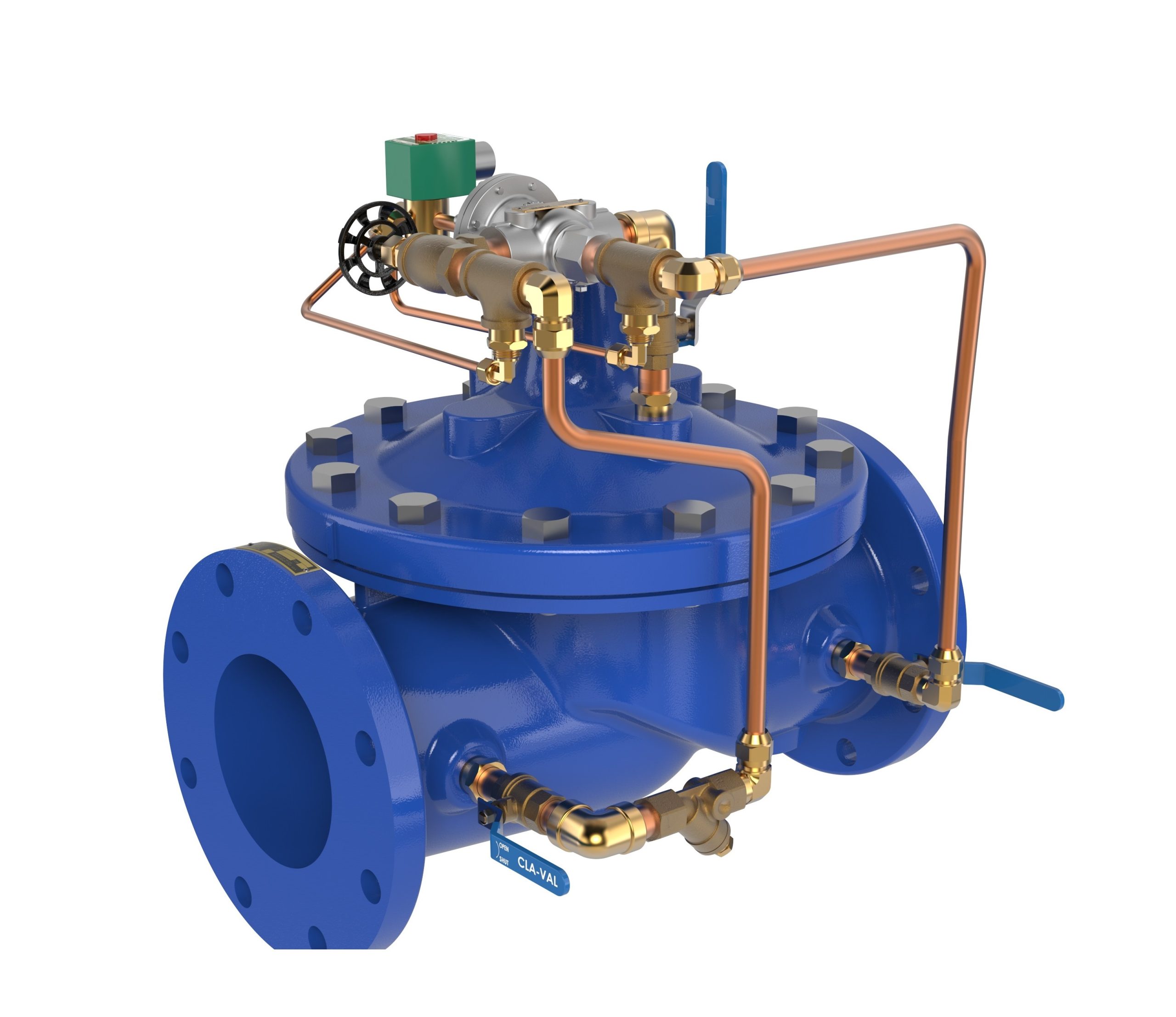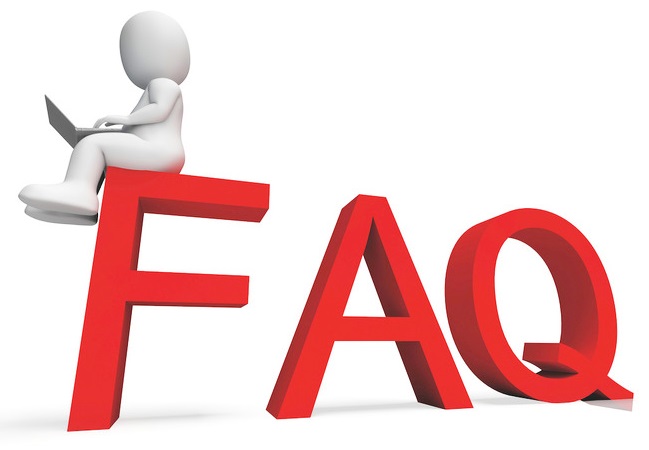Solenoid Control Valve

The solenoid control valve is a device that makes use of the electromagnetic principle for flow control. It is mainly used in the field of industrial automation, especially in systems that require precise control of the flow rate.
Thesolenoid control valve is a key component in industrial fluid control. It combines the functions of an electromagnetic flowmeter and a valve to achieve flow monitoring and precise control. The working principle is based on the electromagnetic induction. The flow rate is calculated by measuring the potential difference generated when the fluid cuts the magnetic field lines, and the valve opening is adjusted accordingly. There is a wide variety of solenoid control valves, which are suitable for various media such as liquids and gases.
Main features of the solenoid control valve.
- Small in size can replace gate and butterfly valves large electric operating system.
- The closing speed is adjustable and stable.
- Save energy.
- Full port, small fluid resistance.
Technical Specifications
| Size Range | 2″~24″ |
| Pressure Rating | 10bar ~ 25bar |
| Face to Face Dimensions | AMSE B16.10, EN558-1 |
| Flange End Dimension | AMSE B16.1/16.42, AS4087, EN1092-2 |
| Coating | Fusion Bonded Epoxy Coating |
| Inspection and Test | ISO 5208 / EN 12226-2 |
Main Part Material
| Part | Material | Standard |
| Body | Ductile Iron | EN 1563/DIN 1693 |
| Bonnet | Ductile Iron | EN 1563/DIN 1693 |
| Trim | Stainless Steel 431 | EN10088-1/ASTM A959 |
| Seat | Stainless Steel 431 | EN10088-1/ASTM A959 |
| Diaphragm | EPDM / NBR | ISO 4633 |
| Pilot Valve | CuZn39Pb1 / C37000 | EN12167/ASTM B135 |
| For the materials options not listed, consult factory. WayValve provides valves in more than 50 different alloys. | ||
The data is for reference only, please consult sales@wayvalve.com for details.
Applications of the solenoid control valve.
The solenoid control valve is widely applied to the regulation of fluid flow in industrial production, such as in the fields of petrochemical industry, food and pharmaceuticals, papermaking, printing and dyeing, water treatment, etc. In these fields, the regulation of flow plays an important role in improving production efficiency and product quality. This solenoid valves for flow control has become an important tool due to its precise flow rate regulation and rapid response speed.

What happens when a solenoid valve goes bad?
When a solenoid valve goes bad, several issues may occur. Firstly, there could be a problem with the valve’s opening and closing. It might fail to open properly, preventing the fluid or gas from flowing, or it may not close completely, leading to leakage. Secondly, the response time of the valve may be affected, causing delays in the control of the flow. Thirdly, abnormal noises or vibrations may be produced due to the malfunctioning of the solenoid coil or other components. Additionally, in some cases, it can lead to increased energy consumption as the valve may not operate efficiently.
INQUIRY


